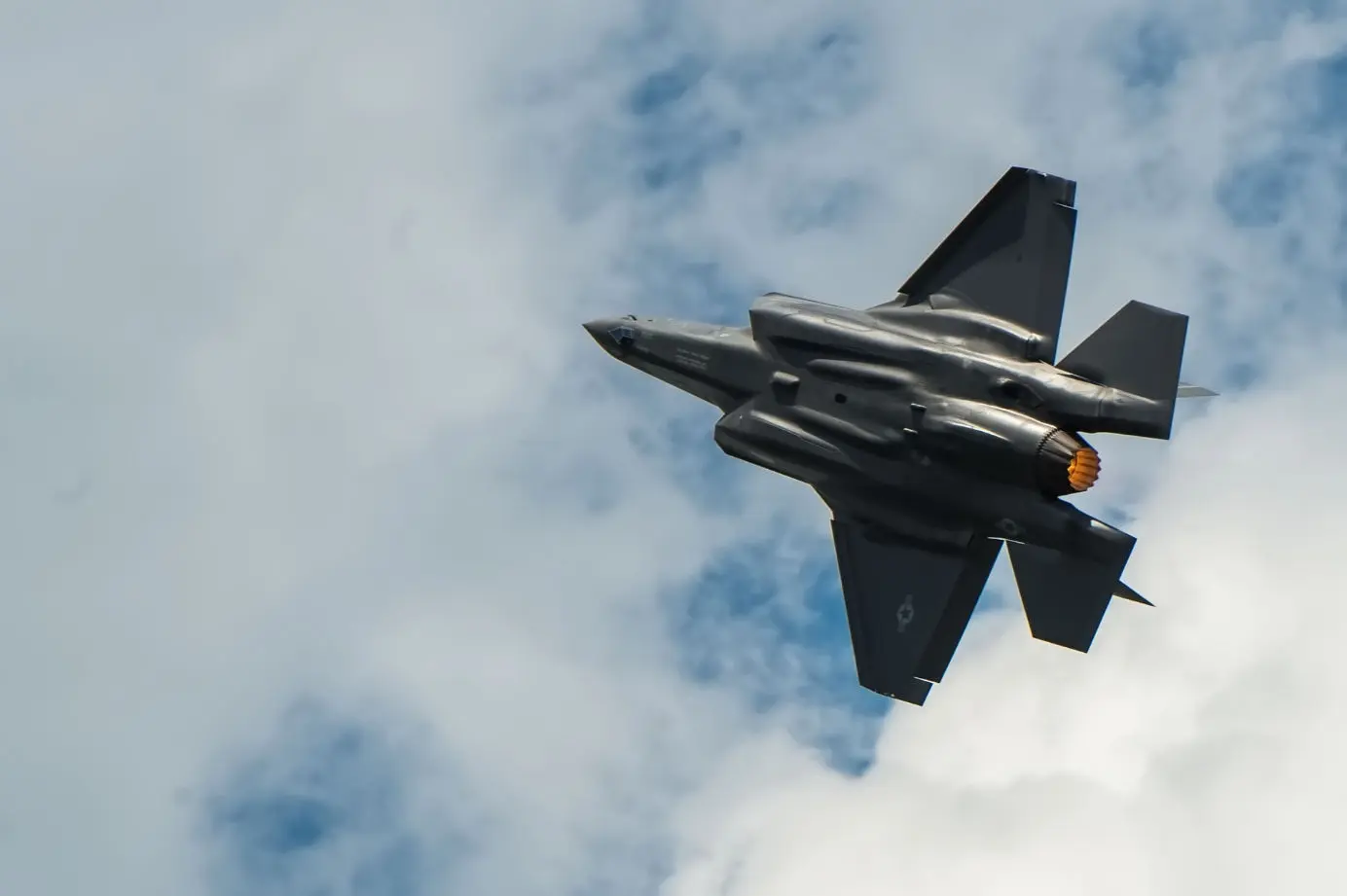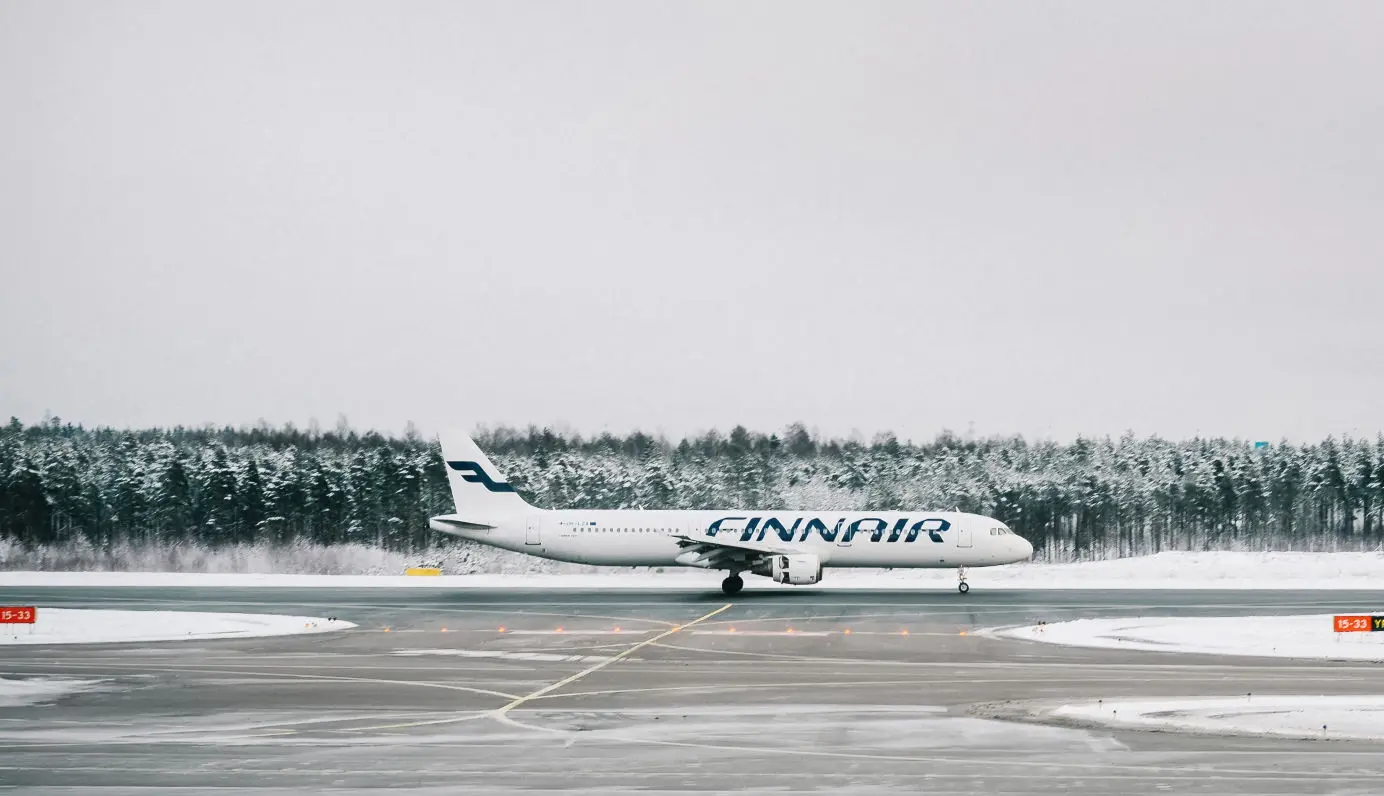
What is the Top Speed of the Lockheed Martin F-35?
You've probably heard of the F-35, but do you know how fast the plane really is?
Table of Contents
Since that fateful day in Kitty Hawk, North Carolina, mankind has been testing the boundaries of flight. Lockheed Martin’s F-35 Lightning II fighter jet is trying to expand these boundaries.
The single Pratt & Whitney F135-PW-100 afterburning turbofan generating 28,000 lbf (pound-force) of dry thrust and 43,000 lbf with the afterburner powers the F-35 to a top speed of Mach 1.6 or just under 1,220 mph (1.963 km/h).
The top speed of the F-35 isn’t as high as some of the other full-production fighter jets (like the F-22 Raptor) but top speed alone isn’t what wins a battle. Maneuverability, weapon type and capacity, and top-notch fighter pilot training are all required.
Most Advanced Engine in the World
Pratt & Whitney went out of its way when designing the F135 engine. Delivering over 40,000 lbf, incorporating stealth technologies and heat management systems, and utilizing engine control systems that are the very latest in technological design, the F135 engine is unsurpassed by any other of its kind.
The F135 engine is an evolutionary advancement over the F119 that was used to power the F-22 Raptor. The Raptor has received rave reviews for its sleek maneuverability in air-to-air combat. The advancements made to the engine have produced in the F-35 a very effective fighter.
The F135 engine is capable of achieving the top speed of the F-35 Lightning II, even with a full weapons load. The speed, thrust, and maneuverability provided, in large part, by this engine make the Lockheed Martin F-35 the ultimate aviation force multiplier in the US arsenal.
Speed Wins
For a jet fighter, speed is a vital parameter to master. Going fast means you can intercept enemies faster and perhaps even outrun threats intercepting you. Needless to say, a solid and reliable engine that can deliver these speeds, is crucial too.
But it’s not just the air speed of a modern fighter that helps win the day, it’s also the Lightning II’s computing power and situational awareness that makes this the most deadly aircraft to ever take to the sky. Thanks to its strategic capabilities, the F-35 has been called both the “quarterback of the sky” and “a computer that happens to fly”
Situational awareness refers to a person’s or a piece of technology’s ability to identify who and what is around them and be able to anticipate the forthcoming interactions and quickly calculate the threat level and a number of different responses. The updates given to the F-35 have made it the most aware aircraft ever put in service.
Variants
The F-35 was designed to be a multirole stealth fighter and comes in 3 different variants, depending on how and where it is deployed.
- F-35A - This is the conventional take-off and landing (CTOL) variant built for standard military aircraft runways. It takes off and lands conventionally.
- F-35B - This is the short take-off vertical landing (VTOL) variant designed to replace the Marine Corps’ AV-8B Harrier II. The B variant can take off using shorter runways and land vertically.
- F35C - This carrier variant (CV) is designed for aircraft carrier operations with fold-up wings to minimize carrier footprint while maintaining full effectiveness.
Northrop Grumman’s Role
Lockheed Martin is the principal contractor for the F-35 program but other defence companies are involved as well. Northrop Grumman is a principal member of the design and production team led by Lockheed Martin and played a pivotal role in the implementation of a number of systems. These include:
- AESA fire control radar which greatly improves intelligence, surveillance, and reconnaissance functions.
- The Distributed Aperture System which is the heart of the F-35’s improved situational awareness through infrared searching and tracking and missile navigation is not matched by any other stealth fighter.
- The advanced avionics provide communication, navigation, and ID that can be programmed for multiple missions with the ability to easily transition from one to the next.
- Mission systems, mission planning, and the training for pilot and maintenance crewmembers in addition to a multitude of other critical systems.
An International Fleet
The F-35 was designed to replace a variety of aircraft in the US Navy, US Marine Corps, and US Air Force. Its full implementation is still underway but its force is felt by forces aligned against the United States and its allies around the world.
Unlike the advanced F-22 Raptor (which the US does not sell to other countries), the F-35 is allowed for export to other nations. A wide range of countries have already purchased or shown interest in purchasing F-35 fighter jets. These include the United Kingdom, Australia, Japan, Germany, Israel, Canada, Finland and Denmark to name a few.
The F-35 is expected to be a pillar of NATO and US-allied air power and operate until 2070. The United States alone plans to acquire nearly 2,500 F-35 aircraft until 2044, which will make up the majority of the crewed tactical aviation in the United States for a decades to come.
Conclusion
Because it was designed to be a multirole fighter, the F-35’s top speed, which peaks out at Mach 1.6, is only one of the factors that go into its overall effectiveness. There are other aircraft that are faster, but none are as versatile and well-equipped for their intended role.
Since its initial deployment, the Lightning II has proved itself time and time again in all forms of engagements including air-to-air, air-to-sea, and air-to-ground. It is one of the most effective aircraft in military history and one that will enter the history books for the reasons mentioned in this article.
Planenerd Newsletter
Join the newsletter to receive the latest updates in your inbox.






